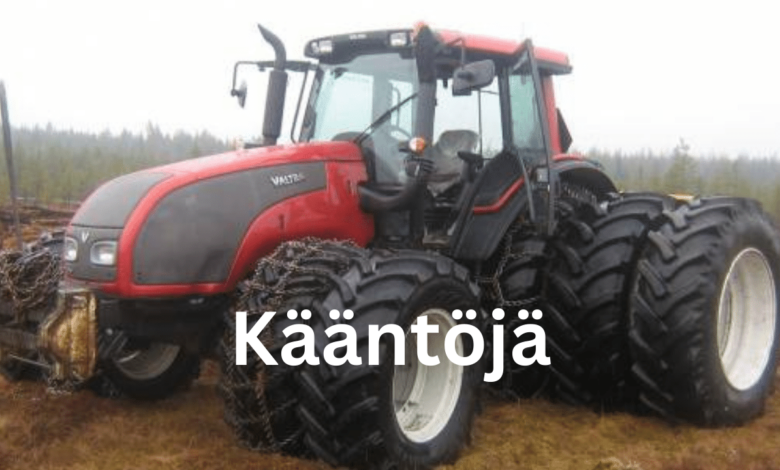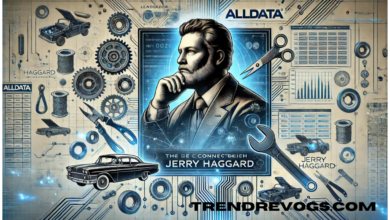
Translation, or kääntöjä in Finnish, is a complex and nuanced field that bridges languages, cultures, and communities. This article delves into the multifaceted world of translation, exploring its importance, types, challenges, and technological advancements. With this investigation, we hope to offer a thorough grasp of translation and its significant role in our globalized world.
The Importance of Translation
Translation is essential for communication across different languages and cultures. It enables the exchange of information, ideas, and knowledge, facilitates international relations and business, and provides access to literature and scientific research. Translation breaks down language barriers, allowing for a more interconnected and understanding world.
Types of Translation
Translation can be categorized into several types, each with a distinct function and needing a unique set of skills and knowledge:
• Literary Translation: Involves translating novels, poems, plays, and other literary works, focusing on capturing the style, tone, and nuances of the original text.
• Technical Translation: Deals with documents in specialized fields such as engineering, IT, and science, requiring the translator to have a background in the relevant domain.
• Legal Translation: This concerns legal documents such as contracts, patents, and court documents, demanding precision and knowledge of legal terminology and concepts.
• Medical Translation: Involves medical texts and requires an understanding of medical terminology and concepts.
• Website Translation: Focuses on translating web content to make it accessible to a global audience, often involving localization to adapt content to the cultural context of the target language.
Challenges in Translation
Translation is a complex process of converting words from one language to another. It involves numerous challenges:
• Cultural Nuances: Capturing cultural nuances and idiomatic expressions can be difficult, as they may not have direct equivalents in the target language.
• Technical Terms: Especially in technical, legal, and medical translations, finding equivalents for specialized terms requires a deep understanding of the subject matter.
• Context and Tone: Maintaining the original context and tone requires skill and sensitivity to the subtleties of both the source and target languages.
Technological Advancements in Translation
The translation industry has been dramatically impacted by technology. Machine translation tools like Google Translate and DeepL have made translation more accessible. However, while these tools are helpful for quick translations or getting the gist of a text, they often need more accuracy and nuance than human translation. Translation management systems (TMS) and computer-assisted translation (CAT) tools help professional translators improve efficiency and consistency.
Conclusion
Translation is a vital, complex field that facilitates understanding and communication across cultures. Despite technology’s challenges and impact, the need for skilled human translators remains paramount, especially for tasks requiring deep cultural and contextual understanding.
FAQs on Translation
What is the most challenging aspect of translation?
Capturing cultural nuances and idiomatic expressions accurately is often considered the most challenging aspect of translation.
Can machine translation replace human translators?
While machine translation has improved, it cannot yet replace human translators, especially for tasks requiring understanding of context, culture, and subtleties.
What skills are essential for a translator?
Besides fluency in at least two languages, essential skills include cultural knowledge, specialized domain knowledge for technical fields, and excellent writing skills.
Is translation the same as interpretation?
Translation deals with written text, while interpretation refers to the oral or sign-language comunication between speakers of different languages.
How has technology impacted the field of translation?
Technology has made translation more accessible through machine translation tools and improved human translation efficiency and consistency with CAT tools and TMS.
You May Also Read: Unlocking the Allure of Férarie: A Journey into Luxury and Performance



